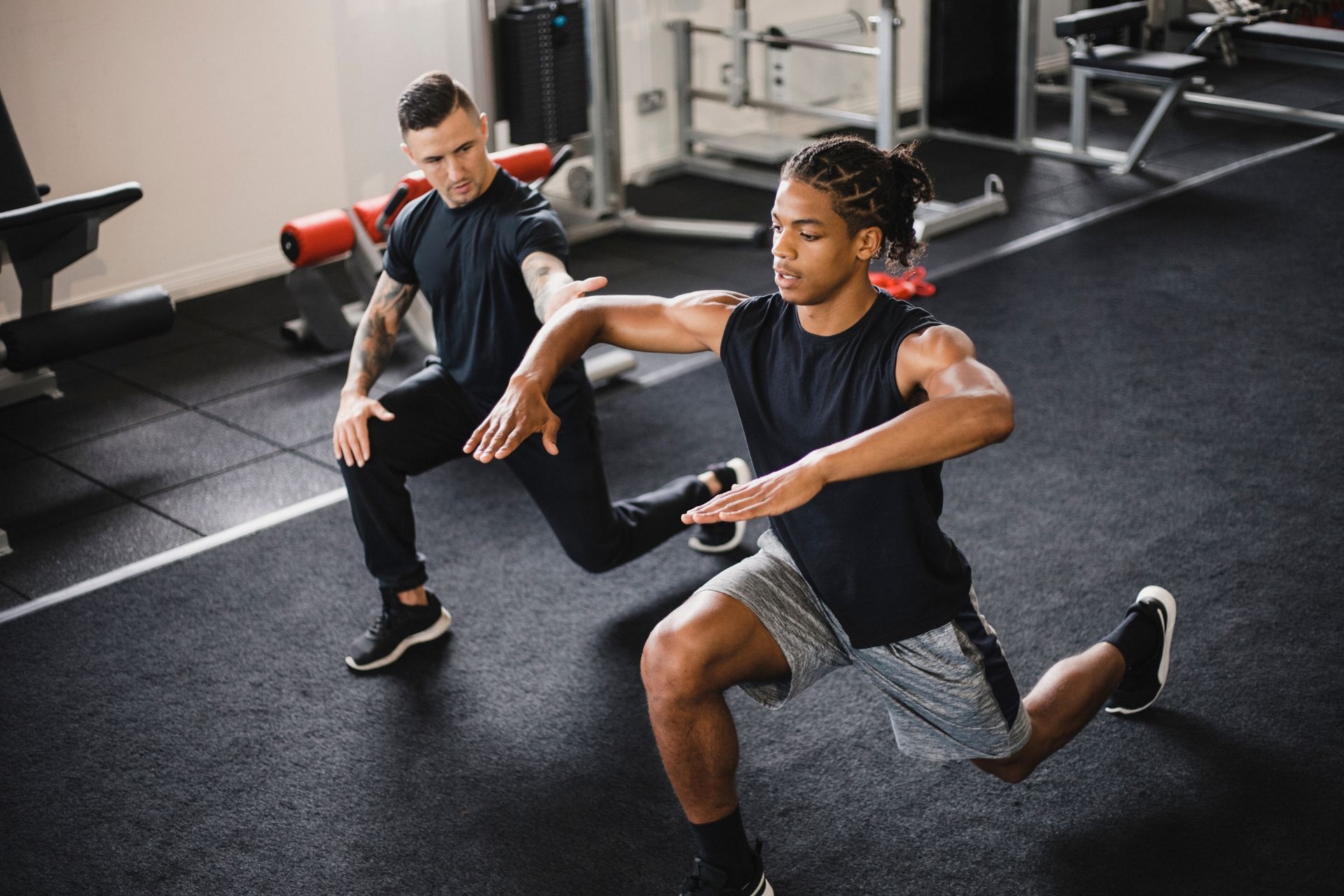Eccentric Overload Training
How does eccentric overload training differ from traditional strength training?
Eccentric overload training differs from traditional strength training in that it focuses on emphasizing the eccentric phase of a movement, where the muscle lengthens under tension. This type of training involves using a heavier weight during the eccentric phase than the concentric phase, which can lead to greater muscle damage and adaptation.




